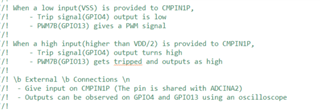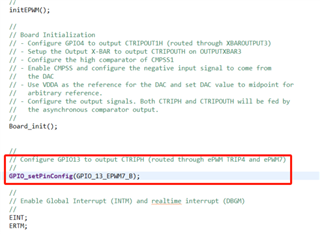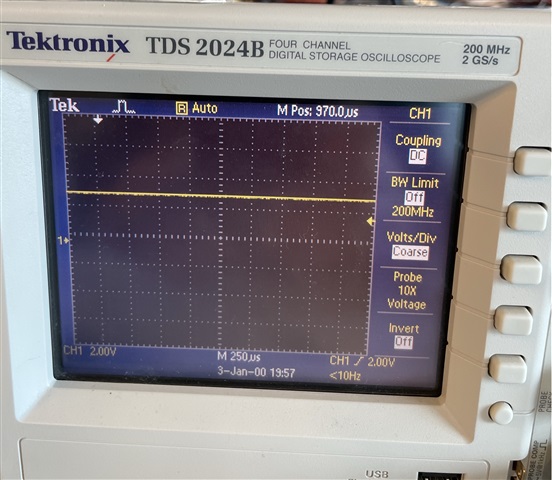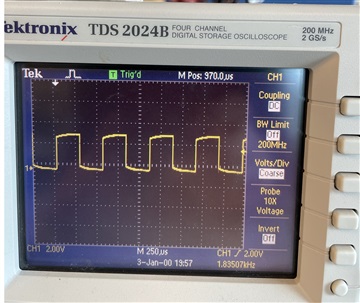你好,专家!
我有两个问题需要询问:
首先:在 TMS320F2800137LAUNCHXL 开发板_ ex1_asynch 演示上运行 cmpss、按照下图中的提示接地或将 ADCINA2连接至3.3V 电压。 PWM7B (GPIO13)没有 PWM 信号输出。 我可以问问、实现这个演示函数是什么以及如何实现的?

其次,关于交流电压环路 PI 算法,贵公司有很多 PI 算法功能,如下: DCL_ RunPI_ C1 (), DCL_ RunPI_ C1 (), DCL_ RunPI_ C2 (), DCL_ RunPI_ C3 (), DCL_ RunPI_ C4 (), DCL_ RunPI_ C5 (), DCL_ RunPI_(); 我想问一下、哪种比较是交流电压环路?
此致!
勇





